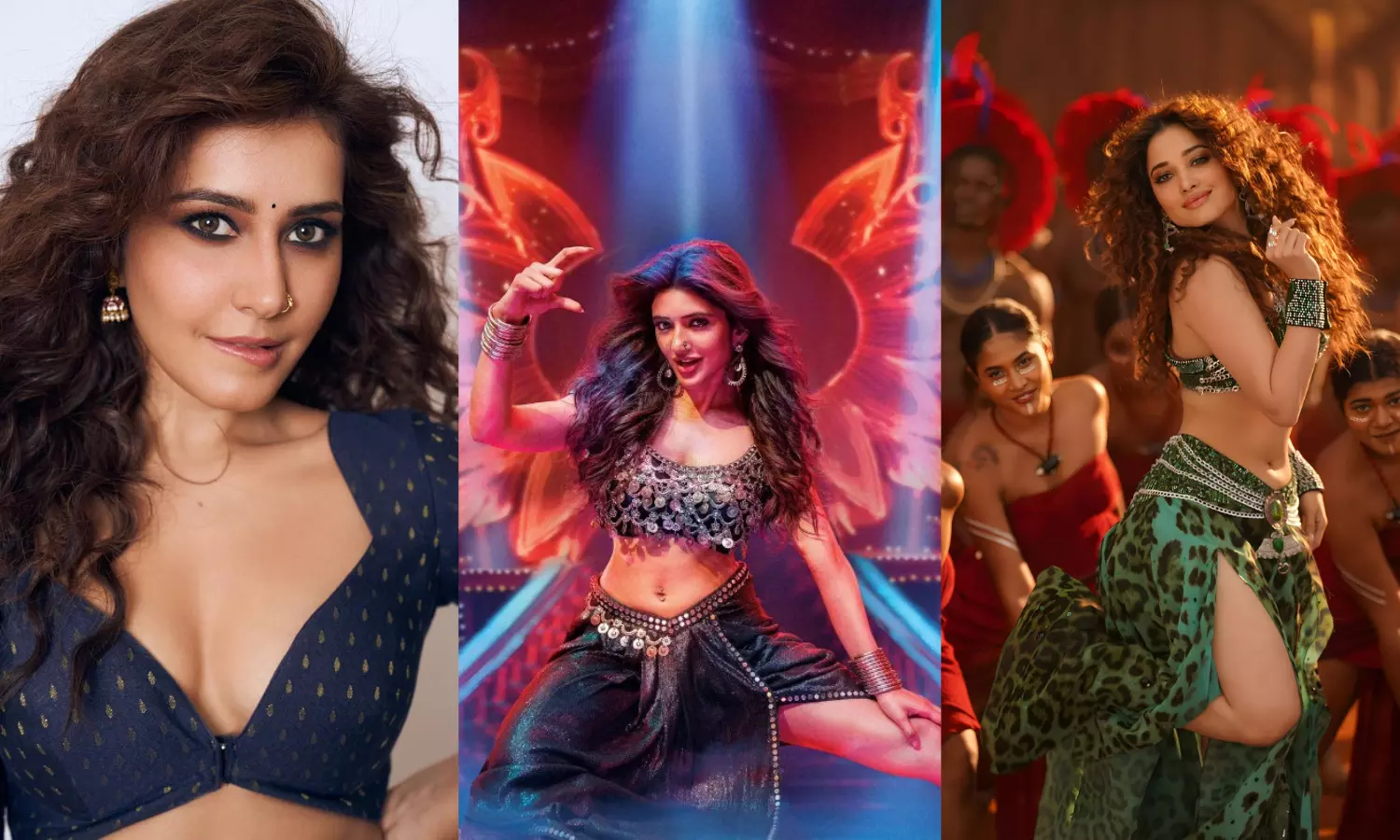From Tamannaah to Sreeleela: Why Special Songs Are Now In Vogue

Special songs, once shunned by leading actresses, have now become a coveted trend in big-ticket films. Today’s A-list stars, like Samantha, Tamannaah, Shruti Haasan, and Sreeleela, embrace these high-energy numbers, which have become an integral part of mainstream cinema. Sreeleela's debut special song, Kissik, in Pushpa: The Rule, places her alongside stars like Tamannaah (Kaavaala, Jailer) and Raashi Khanna (Panchuko, Baak), solidifying the rise of these foot-tapping sequences as key crowd-pullers.
“These are not just item songs anymore—they're ‘special songs,’” says producer Lagadapati Sridhar. “Top actresses headline these numbers in star-studded films, gaining more mileage and visibility than some heroine roles in lesser movies. They appeal massively to youth and masses, often becoming viral sensations globally.”
Despite their popularity, actresses earn comparatively less for these songs. Sridhar notes, “Actresses can make around ₹1 crore for five days of work in a special song, versus ₹2 crore for 50 days as the female lead. It’s efficient, lucrative, and comes with widespread recognition.”
The trend also reflects the limited opportunities for women-centric roles in mainstream cinema. With films like Alia Bhatt's Jigra struggling at the box office, actresses are leveraging these dance numbers to remain in the spotlight. “If even Alia Bhatt faces such challenges, lesser-known actresses must adapt quickly to stay relevant,” Sridhar adds.
These strategically crafted songs, often with top divas not part of the primary cast, double as marketing tools. From Norah Fatehi (Le Le Raja, Matka) to Tamannaah’s multiple hits, these tracks create buzz and box-office traction. Sridhar concludes, “Special songs are now a ticket to instant fame, combining glamour, talent, and marketability in a way that resonates with today’s audiences.”

